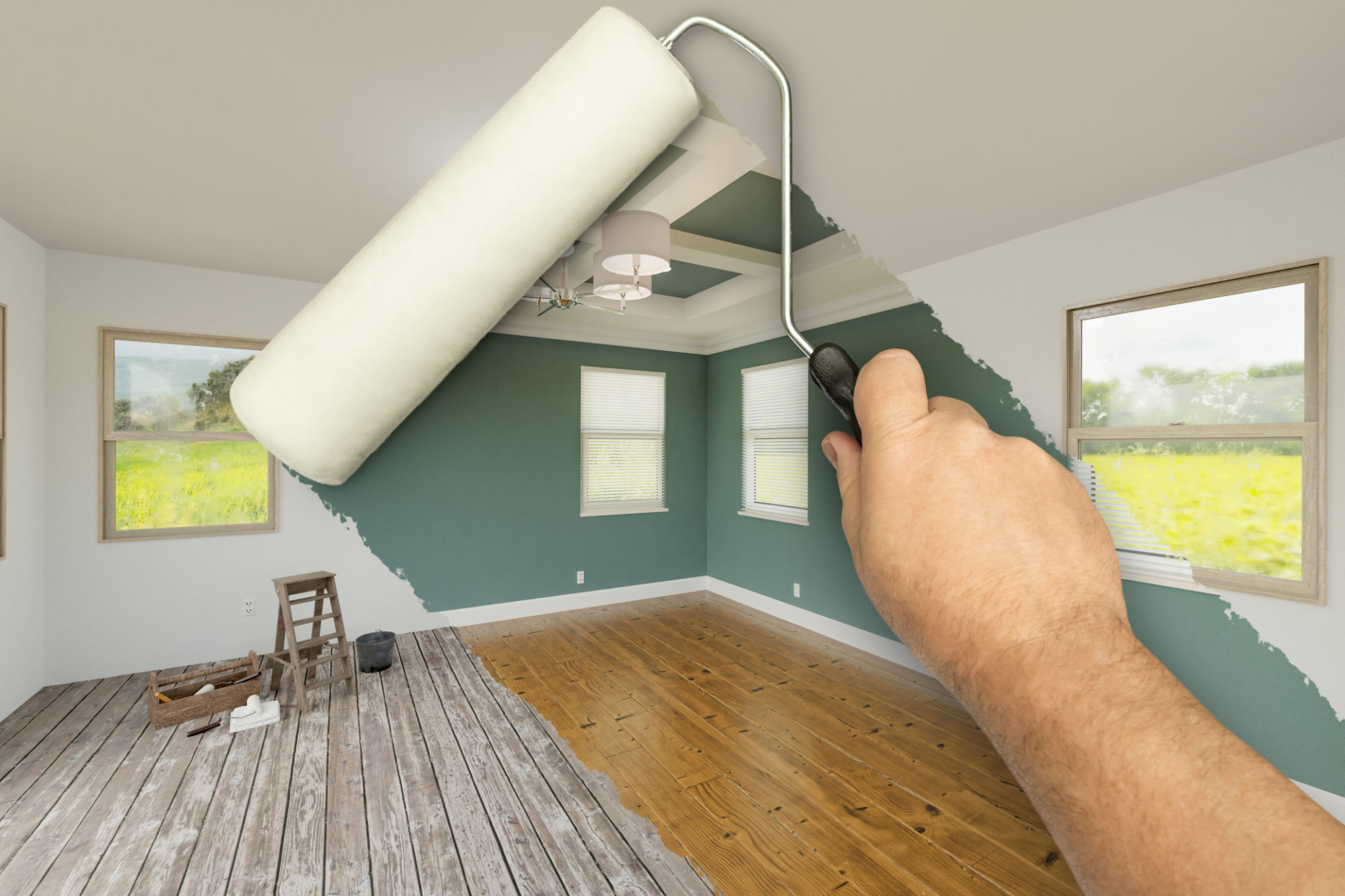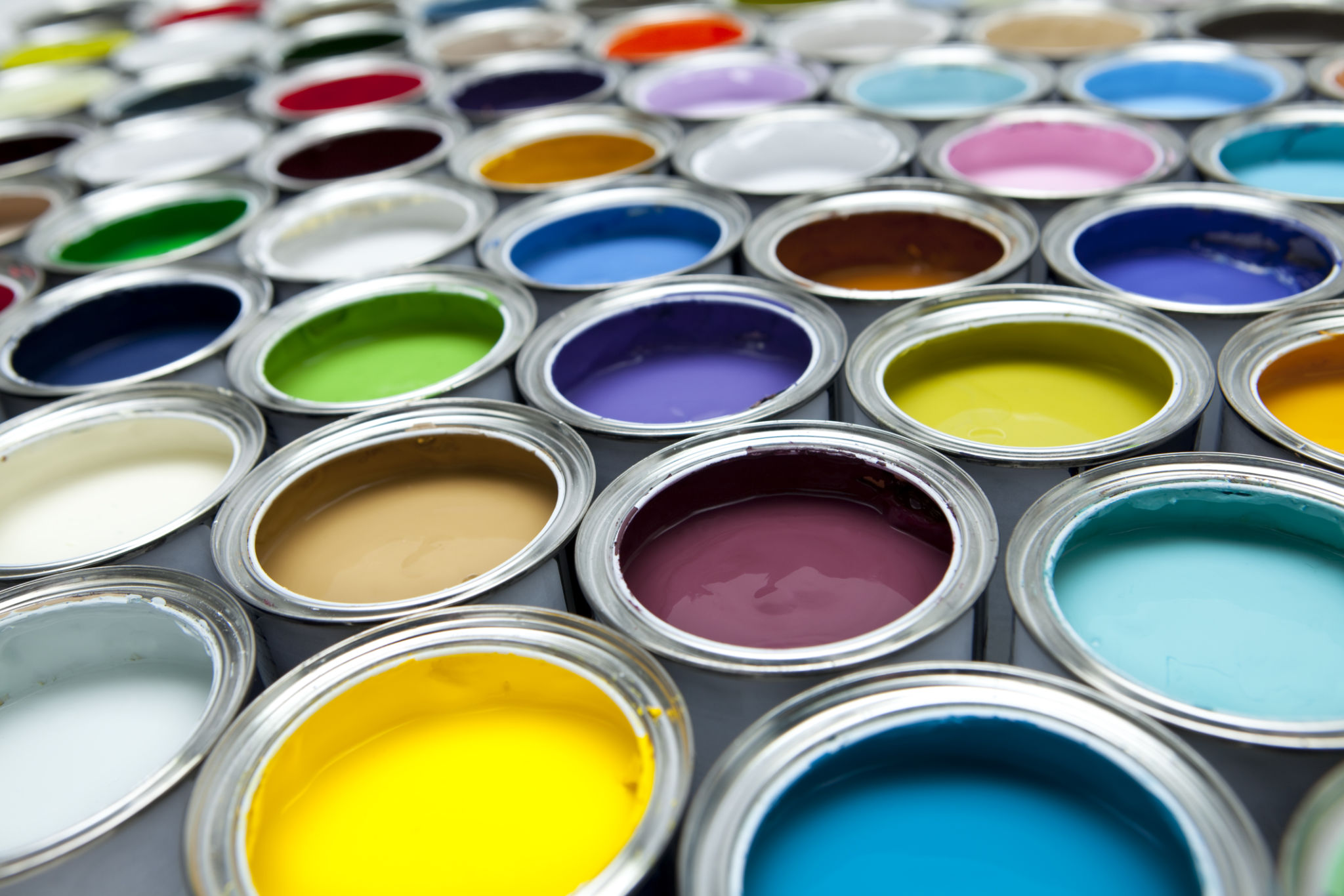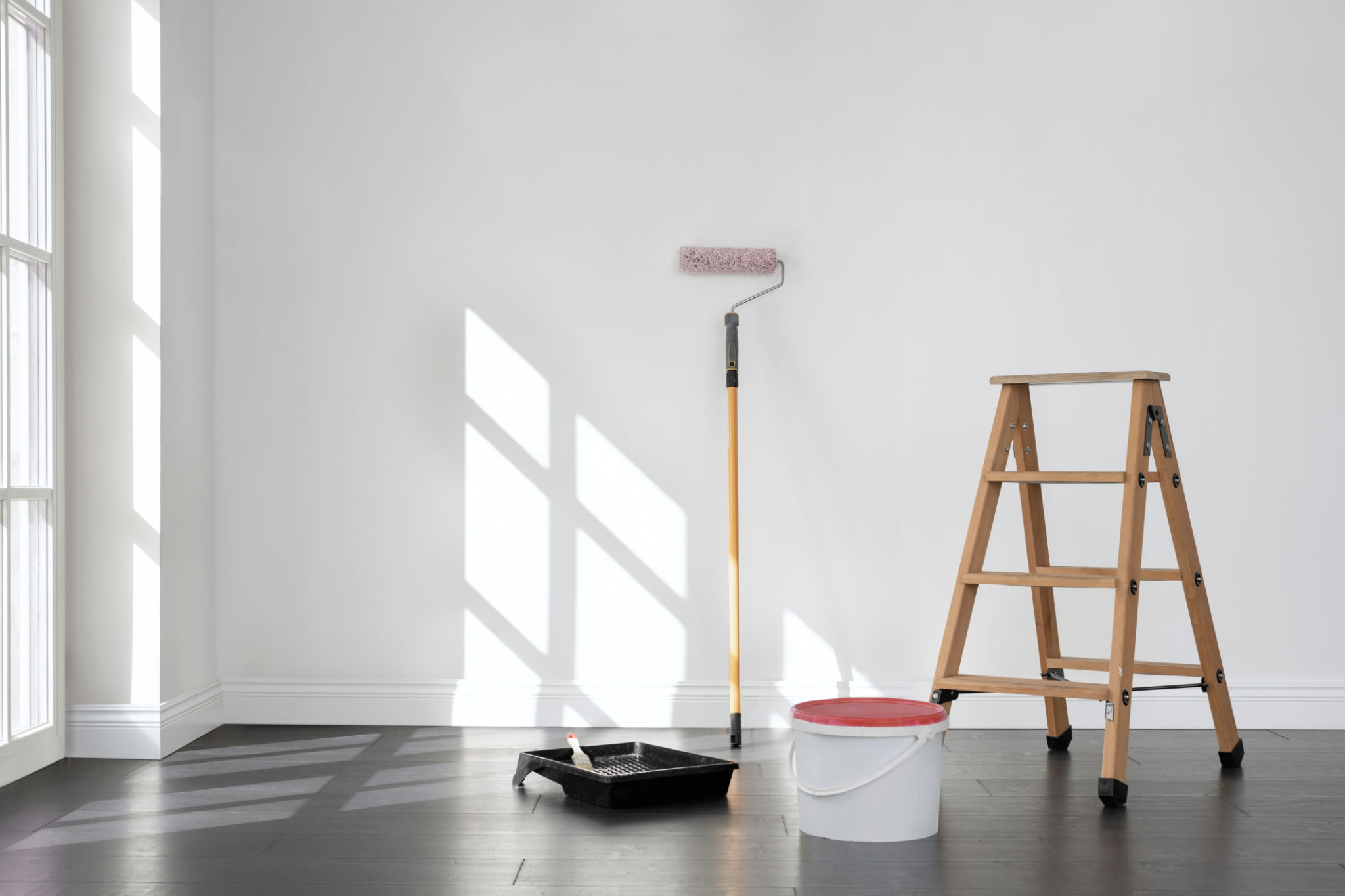5 Common Painting Mistakes and How to Avoid Them
Introduction
Painting can transform a space, giving it a fresh and vibrant look. However, many people encounter common pitfalls during their DIY painting projects. Understanding these mistakes and knowing how to avoid them can save time, money, and effort. Here are five common painting mistakes and how you can avoid them.

Neglecting Proper Surface Preparation
One of the most crucial steps in painting is preparing the surface. Skipping this step can lead to peeling paint and uneven finishes. Proper surface preparation includes cleaning, sanding, and priming the walls.
How to Avoid This Mistake
Ensure the surface is clean and dry. Use sandpaper to smooth out any rough areas, and apply a primer to help the paint adhere better. This extra effort will pay off with a smoother, more durable finish.
Choosing the Wrong Paint
Selecting the right type of paint is essential for a successful project. Using interior paint on exterior surfaces or vice versa can lead to poor performance.
How to Avoid This Mistake
Always choose paint that is appropriate for your specific project. For high-moisture areas like bathrooms, opt for mold-resistant paint. Additionally, consider the finish; glossy paints are easier to clean, while matte finishes can hide imperfections better.

Skipping Painter's Tape
Painters often skip using painter's tape to save time, but this can lead to messy edges and uneven lines. Properly applying tape ensures clean lines and a professional-looking result.
How to Avoid This Mistake
Invest time in applying painter's tape to all edges, trims, and corners. Press the tape down firmly to prevent bleeding, and remove it carefully before the paint fully dries to avoid peeling.
Overloading the Paintbrush or Roller
It's tempting to load up your brush or roller with as much paint as possible to cover the area quickly. However, this can result in drips, streaks, and an inconsistent finish.
How to Avoid This Mistake
Dip your brush or roller lightly into the paint and remove excess by tapping it against the side of the container. Apply thin coats, allowing each layer to dry before adding another for an even finish.

Ignoring Weather Conditions
Weather conditions can significantly impact your painting project, especially if you're working outdoors. High humidity or extreme temperatures can affect paint drying times and adhesion.
How to Avoid This Mistake
Check the weather forecast before starting your project. Ideally, paint on days with mild temperatures and low humidity. If painting indoors, ensure proper ventilation for faster drying times and better air quality.
Conclusion
Avoiding these common painting mistakes will help ensure your next project is successful and stress-free. By focusing on preparation, choosing the right materials, and paying attention to application techniques, you can achieve a professional-looking finish that lasts.